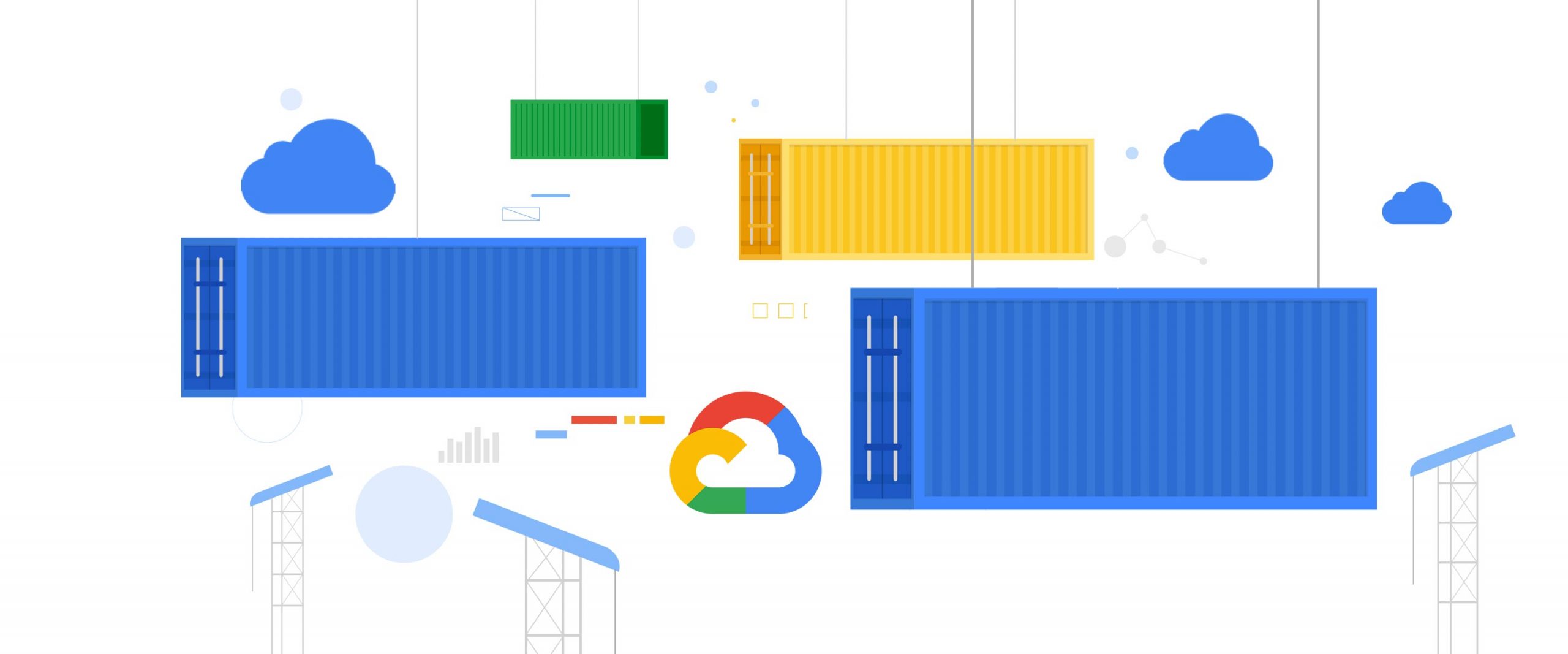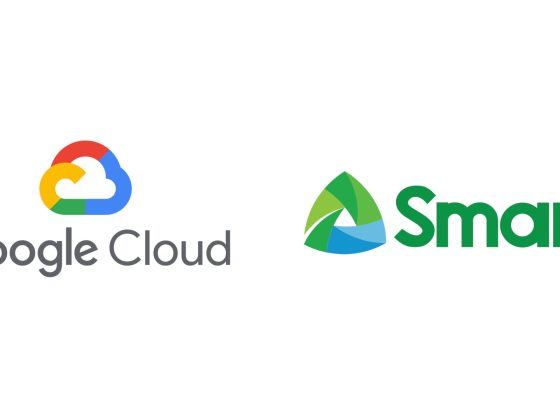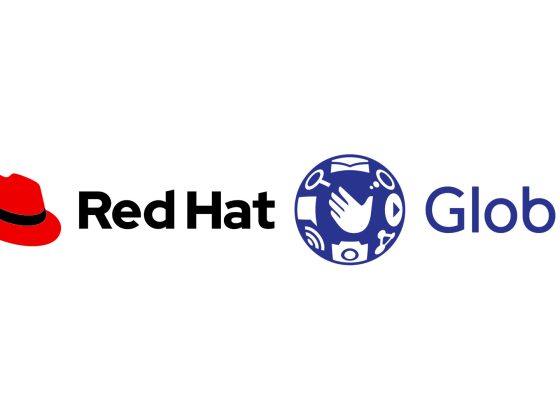The promise of Kubernetes is to make container management easy and ubiquitous. Up until recently though, the benefits of Kubernetes were limited to Linux-based applications, preventing enterprise applications running on Windows Server from taking advantage of its agility, speed of deployment and simplified management.
Last year, the community brought Kubernetes support to Windows Server containers. Building on this, we’re thrilled to announce that you can now run Windows Server containers on Google Kubernetes Engine (GKE).
From our partners:
GKE, the industry’s first Kubernetes- based container management solution for the public cloud, is top rated by analysts and widely used by customers across a variety of industries. Supporting Windows on GKE is a part of our commitment to provide a first-class experience for hosting and modernizing Windows Server-based applications on Google Cloud. To this end, in the past six months, we added capabilities such as the ability to bring their own Windows Server licenses (BYOL), virtual displays, and managed services for SQL Server and Active Directory. Volusion and Travix are among the many thousands of customers who have chosen Google Cloud to run and modernize their Windows-based application portfolios.
Bringing Kubernetes’ goodness to Windows Server apps
By running Windows Server apps as containers on Kubernetes, you get many of the benefits that Linux applications have enjoyed for years. Running your Windows Server containers on GKE can also save you on licensing costs, as you can pack many Windows Server containers on each Windows node.

In the beta release of Windows Server container support in GKE (version 1.16.4), Windows and Linux containers can run side-by-side in the same cluster. This release also includes several other features aimed at helping you meet the security, scalability, integration and management needs of your Windows Server containers. Some highlights include:
- Private clusters: a security and privacy feature that allows you to restrict access to a cluster’s nodes and the master from the public internet—your cluster’s nodes can only be accessed from within a trusted Google Virtual Private Cloud (VPC).
- Node Auto Upgrades: a feature that reduces the management overhead, provides ease of use and better security by automatically upgrading GKE nodes on your behalf. Make sure you build your container images using the Docker ‘multi-arch’ feature to avoid any version mismatch issues between the node OS version and the base container image.
- Regional clusters: an availability and reliability feature that allows you to create a multi-master, highly-available Kubernetes cluster that spreads both the control plane and the nodes across multiple zones in the same region. This provides increased control plane uptime of 99.95% (up from 99.5%), and zero-downtime upgrades.
- Support for Group Managed Service Accounts (gMSA): gMSA is a type of Active Directory account that provides automatic password management, simplified service principal name (SPN) management, etc. for multiple servers. gMSAs are supported by Google Cloud’s Managed Microsoft Active Directory Service for easier administration.
- Choice of Microsoft Long-Term Servicing Channel (LTSC) or Semi-Annual Channel (SAC) servicing channels, allowing you to choose the version that best fits your support and feature requirements.
For full details on each of these features and more, please consult the documentation.
With Windows Server 2008 and 2008 R2 reaching End of Support recently, you may be exploring ways to upgrade your legacy applications. This may be an opportune time to consider containerizing your applications and deploying them in GKE. In general, good candidates for containerization include custom-built .NET applications as well as batch and web applications. For applications provided by third-party ISVs, please consult the ISV for containerized versions of the applications.
What customers are saying
We’ve been piloting Windows Server container support in GKE for several months now with preview customers, who have been impressed by GKE’s performance, reliability and security, as well as differentiated features such as automated setup and configuration for easier cluster management.
Helix RE creates software that makes digital models of buildings, and recently switched from setting up and running Windows Kubernetes clusters manually to using GKE. Here’s what they had to say:
“What used to take us weeks to set up and configure, now takes a few minutes. Besides saving time, features like autoscaling, high-availability, Stackdriver Logging and Monitoring are already baked in. Windows in GKE gives us the same scale, reliability, and ease of management that we have come to expect from running Linux in GKE.” -Premkumar Masilamani, Cloud Architect, Helix RE
Making it easier with partner solutions
Modernizing your applications means more than just deploying and managing containers. That is why we are working with several partners who can help you build, integrate and deploy Windows Server containers into GKE, for a seamless CI/CD and container management experience. We’re excited to announce that the following partners have already worked to integrate their solutions with Windows on GKE.
CircleCI
CircleCI allows teams to rapidly release code they trust by automating the build, test, and delivery process. CircleCI ‘orbs’ bundle CircleCI configuration into reusable packages. They make it easy to integrate with modern tools, eliminating the need for teams to spend time and cycles building the integrations themselves.
“We are excited to further our partnership with Google with our latest Google Kubernetes Engine (GKE) Orb. This orb supports deployment to Windows containers running on GKE, and allows users to automate deploys in minutes directly from their CI/CD pipeline. By simplifying the process of automating deploys, teams can build confidence in their process, ship new features faster, and take advantage of cutting-edge technology without having to overhaul their existing infrastructure.” -Tom Trahan, VP of Business Development, CircleCI
CloudBees
CloudBees enables enterprise developer teams to accelerate software delivery with continuous integration and continuous delivery (CI/CD). The CloudBees solutions optimize delivery of high quality applications while ensuring they are secure and compliant.
“We are pleased to offer support for Windows containers on Google Cloud Platform. This announcement broadens the options for CloudBees users to now run Microsoft workloads on GCP. It’s all about speeding up software delivery time and, with CloudBees running Windows containers on GCP, our users can enjoy a fast, modernized experience, leveraging the Microsoft technologies already pervasive within their organization.” -Francois Dechery, Chief Strategy Officer, CloudBees
GitLab
GitLab is a complete DevOps platform, delivered as a single application, with the goal of fundamentally changing the way Development, Security, and Ops teams collaborate.
“GitLab and Google Cloud are lowering the barrier of adoption for DevOps and Kubernetes within the Windows developer community. Within minutes, developers can create a project, provision a GKE cluster, and execute a CI/CD pipeline with Windows Runners now on GitLab.com or with GitLab Self-managed to automatically deploy Windows apps onto Kubernetes.” –Darren Eastman, Senior Product Manager, GitLab”
Checkout GitLab’s blog and video to learn more.
Venkat Gattamneni & Madhu Yennamani
This article is republished from Google Cloud Blog.
For enquiries, product placements, sponsorships, and collaborations, connect with us at [email protected]. We'd love to hear from you!
Our humans need coffee too! Your support is highly appreciated, thank you!








